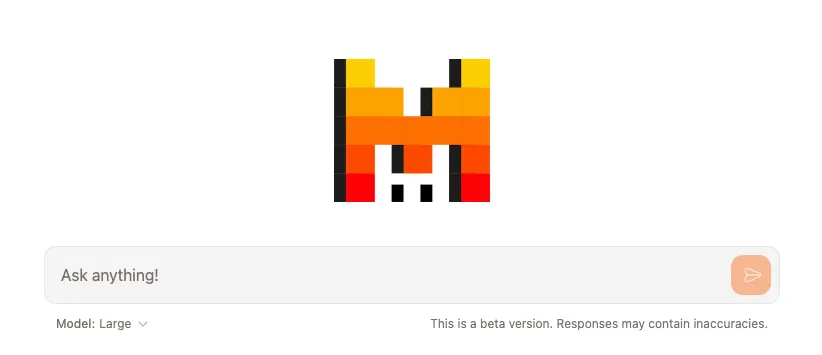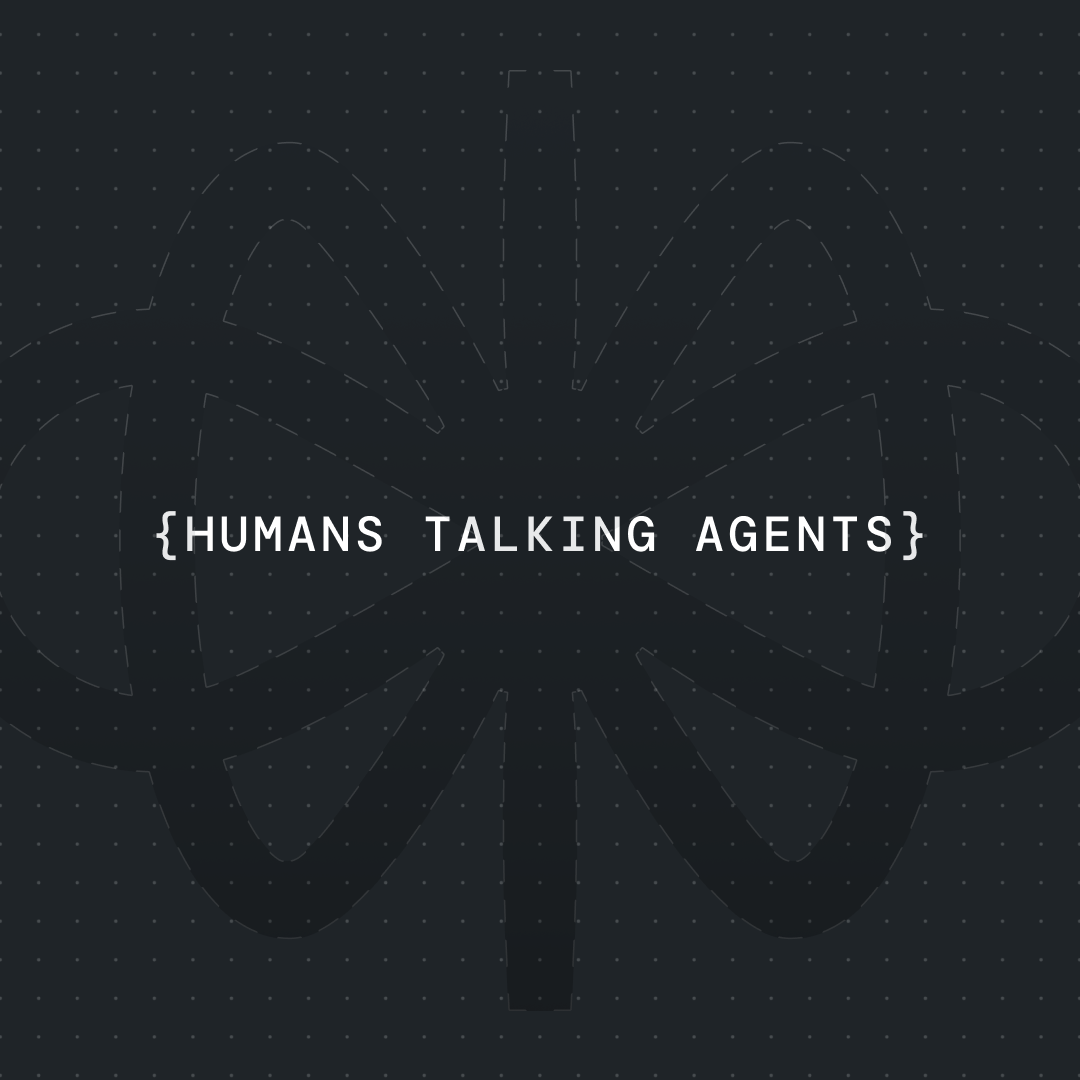Mistral AI: What It Is, How It Works & Key Use Cases




Artificial intelligence is evolving at an unprecedented pace, with companies worldwide racing to develop the most powerful and efficient language models. One of the most exciting newcomers in the AI landscape is Mistral AI, a French startup that has quickly gained attention for its commitment to open-source AI and high-performance large language models (LLMs).
In this article, we'll dive into everything you need to know about Mistral AI, including its founders, ownership, applications, and performance. Whether you're an AI enthusiast, a developer, or a business exploring AI solutions, this guide will help you understand why Mistral AI is making waves in the industry.
What Is Mistral AI?
Mistral AI is a French artificial intelligence startup focused on developing high-performance, efficient, and accessible large language models (LLMs). Founded in April 2023, the company aims to democratize AI by making cutting-edge technology available to businesses, developers, and researchers. Unlike many AI companies that keep their models proprietary, Mistral AI embraces an open-source-first approach, allowing users to modify, integrate, and deploy AI models with greater flexibility.
At its core, Mistral AI is dedicated to challenging the traditional AI landscape, which has been dominated by large tech corporations with closed-source models. By offering a mix of open-source and commercial AI solutions, Mistral AI provides an alternative for organizations that require customization, transparency, and efficiency in their AI applications.
Some of the standout features of Mistral AI’s models include:
- Highly optimized performance – Mistral AI focuses on developing models that deliver state-of-the-art results while using fewer computational resources.
- Large context windows – Some of its models can process up to 128,000 tokens, making them ideal for complex applications requiring long-form understanding.
- Support for multiple programming languages – Mistral AI’s LLMs are designed to work across a variety of coding and natural language tasks, making them valuable for developers and businesses alike.
With this open, efficient, and high-performance approach, Mistral AI is positioning itself as a strong competitor to AI giants like OpenAI and Anthropic.

Who Owns Mistral AI?
Mistral AI is a privately held company, with ownership distributed among its founders, investors, and possibly key employees. As a fast-growing AI startup, Mistral AI has attracted significant investment from venture capital firms and tech industry backers, fueling its rapid development and expansion.
Since its founding in April 2023, Mistral AI has raised hundreds of millions of dollars in funding, with a valuation that has already reached the multi-billion-dollar mark. This strong financial backing reflects the growing demand for efficient and accessible AI models, as well as investor confidence in the company's open-source-first approach.
Despite its rapid rise, Mistral AI has emphasized independence, resisting acquisition offers from larger tech companies. The company’s leadership remains committed to keeping AI innovation open and transparent, rather than restricting access to proprietary models.
As Mistral AI continues to expand its influence in the AI landscape, its ownership structure may evolve, but its mission to democratize AI remains at the core of its business strategy.
{{blue-cta}}
Who Are the Founders of the Mistral AI Startup?
Mistral AI was founded by three leading AI researchers with backgrounds in some of the most prominent AI labs in the world. The company's founders—Arthur Mensch, Guillaume Lample, and Timothée Lacroix—bring a wealth of expertise in artificial intelligence, deep learning, and large language models.
Arthur Mensch
Arthur Mensch serves as the CEO of Mistral AI. Before founding the company, he worked at Google DeepMind, one of the world’s leading AI research institutions. Mensch’s background in machine learning and AI research played a crucial role in shaping Mistral AI’s focus on efficiency, scalability, and open-source innovation.
Guillaume Lample
Guillaume Lample is another key co-founder of Mistral AI. He was previously a researcher at Meta (formerly Facebook), where he specialized in natural language processing (NLP) and large-scale AI models. His expertise in language models and AI architecture contributes to Mistral AI’s development of cutting-edge, high-performance LLMs.
Timothée Lacroix
Timothée Lacroix, also a former Meta researcher, co-founded Mistral AI alongside Mensch and Lample. Lacroix’s deep understanding of AI infrastructure and model training helps drive the company’s commitment to creating powerful, cost-effective, and open AI systems.
A Shared Vision for Open AI
The three founders launched Mistral AI with a shared goal of making advanced AI more transparent, accessible, and efficient. In contrast to many AI giants that keep their models locked behind closed systems, Mistral AI embraces an open-source-first approach, allowing developers and businesses to customize AI models to suit their specific needs.
Their backgrounds from top AI labs give them the expertise to compete with major AI players, while their commitment to openness positions Mistral AI as a revolutionary force in the AI industry.
What Does Mistral AI Do?
Mistral AI specializes in developing large language models (LLMs) that are both highly efficient and accessible. Unlike many other AI companies that focus on closed, proprietary models, Mistral AI is committed to an open-source-first approach, allowing developers, businesses, and researchers to freely use and modify its AI technology.
Key Offerings of Mistral AI
Mistral AI provides both commercial and open-source AI models, designed for a wide range of applications, including text generation, natural language processing (NLP), code development, and complex reasoning. Some of its notable features and offerings include:
- High-Performance LLMs – Mistral AI's models are designed to be lightweight, efficient, and scalable, meaning they require fewer computing resources while maintaining high accuracy.
- Open-Source AI Models – The company has released fully open-source models, allowing organizations to customize and deploy AI in a way that aligns with their unique needs.
- API Access for Businesses – For companies looking for enterprise solutions, Mistral AI provides API access to its commercial AI models, enabling seamless integration into business applications.
- Multilingual and Multimodal Capabilities – Mistral AI's models support multiple languages and programming frameworks, making them versatile tools for developers and researchers worldwide.
- Large Context Windows – Some of Mistral AI's most advanced models, like Mistral Large 2, feature context windows of up to 128,000 tokens, enabling more accurate long-form content generation and analysis.
By focusing on efficiency, transparency, and accessibility, Mistral AI is positioning itself as a powerful alternative to AI giants like OpenAI, Google DeepMind, and Anthropic. Its models provide cutting-edge performance while remaining cost-effective, making them an attractive choice for organizations across various industries.
How to Use Mistral AI
Mistral AI offers both open-source and commercial models, making it accessible for a wide range of users, from developers and researchers to businesses integrating AI into their workflows. Whether you're looking to build applications, automate tasks, or enhance your AI-driven solutions, Mistral AI provides multiple ways to access and utilize its models.
1. Accessing Mistral AI Models
Users can interact with Mistral AI’s models through:
- API Access – Businesses and developers can integrate Mistral AI models into their applications via the Mistral AI API, allowing for seamless automation of tasks like text generation, summarization, and chatbot development.
- Open-Source Models – Mistral AI provides fully open source LLMs, which can be downloaded and deployed for customization and self-hosting. This is particularly useful for industries with strict data privacy and security requirements.
- Cloud-Based Access – Some of Mistral AI’s models are available on cloud platforms, enabling users to run AI-powered applications without needing extensive local computing resources.
2. Use Cases and Applications
Mistral AI’s models are designed for a wide range of applications, including:
- Text Generation & Summarization – Automate content creation, article writing, and document summarization.
- Chatbots & Virtual Assistants – Power intelligent conversational agents with high-quality responses.
- Code Generation & Debugging – Assist developers with coding suggestions, bug fixes, and language translation.
- Sentiment Analysis – Analyze customer feedback, social media sentiment, and product reviews for insights.
- Mathematical & Logical Reasoning – Solve complex mathematical problems and logical queries.
3. Why Use Mistral AI?
- Customization & Flexibility – Unlike closed-source AI models, Mistral AI’s open-source approach allows developers to tweak and optimize models based on their specific needs.
- Cost-Effective & Efficient – Mistral AI’s models are designed to deliver high performance with lower computational costs, making them more accessible than many proprietary alternatives.
- Enterprise-Ready – For businesses looking for a scalable AI solution, Mistral AI’s commercial models and API offerings provide enterprise-grade AI capabilities.
With Mistral AI’s mix of accessibility, efficiency, and transparency, users across various industries can leverage its models to drive innovation, improve productivity, and enhance AI-powered applications.
{{blue-cta}}
What Is Mistral AI Used For?
Mistral AI’s models are designed for a variety of natural language processing (NLP) and machine learning applications, making them valuable tools across multiple industries. Thanks to their efficiency, scalability, and open-source flexibility, Mistral AI models are used for text generation, code development, automation, and more.
Key Applications of Mistral AI
- Natural Language Processing (NLP)
- Mistral AI's models can understand and generate human-like text, making them ideal for applications such as automated writing, document summarization, and machine translation.
- Conversational AI & Chatbots
- Businesses use Mistral AI’s models to power chatbots and virtual assistants that can handle customer inquiries, automate workflows, and improve user engagement.
- Code Generation & Debugging
- With support for over 80 programming languages, Mistral AI can help developers write, optimize, and debug code, making it a valuable tool for software engineers and data scientists.
- Text Classification & Sentiment Analysis
- Companies use Mistral AI for analyzing customer reviews, detecting spam, and monitoring brand sentiment across various platforms, helping businesses make data-driven decisions.
- Mathematical & Logical Reasoning
- Mistral AI’s models can assist with complex problem-solving, data analysis, and numerical computations, making them useful in fields like finance, research, and scientific computing.
- Automated Content Generation
- Writers, marketers, and content creators use Mistral AI to generate blog posts, social media content, and reports, streamlining the content creation process.
Industries Benefiting from Mistral AI
Mistral AI’s powerful models are used across various sectors, including:
- Finance – Automating financial reporting, fraud detection, and risk assessment.
- Healthcare – Enhancing medical research, patient interaction, and clinical documentation.
- Customer Support – Powering AI-driven chatbots and automated response systems.
- Education – Assisting with tutoring, content summarization, and personalized learning.
- Software Development – Accelerating coding, debugging, and software optimization.
Why Mistral AI Stands Out
Mistral AI’s models are gaining traction because they offer a balance between performance, efficiency, and accessibility. Unlike proprietary AI solutions, Mistral AI’s open-source and commercial models give users the freedom to customize and integrate AI solutions tailored to their needs.
As AI continues to reshape industries, Mistral AI is positioning itself as a key player in the future of AI-powered applications.
How Good Is Mistral AI?
Mistral AI has quickly established itself as a leading competitor in the AI landscape, offering state-of-the-art performance while maintaining efficiency and accessibility. But how does it actually stack up against other AI models in terms of performance, usability, and cost-effectiveness?
1. Performance and Benchmarking
Mistral AI’s models have demonstrated impressive results on industry-standard benchmarks, competing with and, in some cases, outperforming models from companies like OpenAI and Anthropic. Some key highlights of Mistral AI’s performance include:
- State-of-the-art language understanding and generation – Mistral AI models have been tested against benchmarks like MMLU (Massive Multitask Language Understanding) and LAMBADA (text completion tasks), showing high accuracy and fluency.
- Large context windows – The latest Mistral Large 2 model offers a 128,000-token context window, significantly improving long-form text comprehension compared to many other AI models.
- Efficiency and speed – Mistral AI’s models are optimized for lower computational cost, making them faster and more accessible compared to some resource-heavy alternatives.
2. Strengths of Mistral AI
Mistral AI stands out in several key areas:
✔ Open-Source Accessibility – Unlike many proprietary models, Mistral AI releases open-source versions of its models, allowing developers to fine-tune and customize them for specific use cases.
✔ Cost-Effective AI Solutions – Mistral AI models require fewer computational resources while maintaining high performance, making them cheaper to deploy compared to competitors like GPT-4.
✔ Multilingual and Code-Savvy – Mistral AI supports over 80 programming languages, making it a great tool for developers working on coding, debugging, and software automation.
✔ Strong Enterprise Applications – With API access and commercial offerings, Mistral AI provides enterprise-grade AI for businesses looking to integrate LLMs into their workflows.
3. Limitations of Mistral AI
Despite its many advantages, Mistral AI does have some challenges:
⚠ Less Widespread Adoption – Compared to OpenAI’s ChatGPT, Mistral AI is still relatively new and less integrated into mainstream applications.
⚠ Limited Ecosystem & Tooling – While Mistral AI offers robust models, its developer tools and integrations are still growing compared to the extensive ecosystem of OpenAI and Google DeepMind.
⚠ Commercial vs. Open-Source Models – While Mistral AI champions open-source AI, its most advanced models are not fully open, requiring API access or enterprise licenses.
Final Verdict: Is Mistral AI Worth Using?
Mistral AI is proving to be a serious contender in the AI industry, offering a mix of high performance, efficiency, and accessibility. It’s particularly valuable for:
✅ Developers and researchers looking for customizable, open-source AI models.
✅ Businesses that need powerful AI tools without excessive computing costs.
✅ Industries requiring AI-driven automation, from customer service to software development.
While it still has room to grow in terms of adoption and ecosystem development, Mistral AI’s commitment to open AI and efficiency makes it one of the most exciting AI startups to watch.
Conclusion
Mistral AI is proving that powerful AI models don’t have to be locked behind proprietary systems. With its focus on efficiency, accessibility, and transparency, it is offering businesses, developers, and researchers a compelling alternative to mainstream AI models.
Whether you’re a business looking to integrate AI, a developer seeking open-source models, or an AI enthusiast following the latest innovations, Mistral AI is a company worth watching. As the demand for flexible, cost-effective AI solutions continues to grow, Mistral AI is positioned to be a key player in the future of artificial intelligence.
Would you like to explore Mistral AI’s models for your own projects? Check out Mistral AI’s official website to get started!
Get the latest AI agent news
Join Voiceflow CEO, Braden Ream, as he explores the future of agentic tech in business on the Humans Talking Agents podcast.








